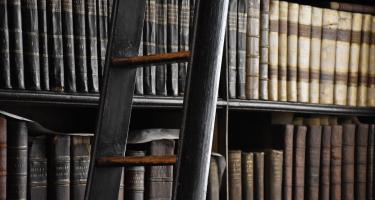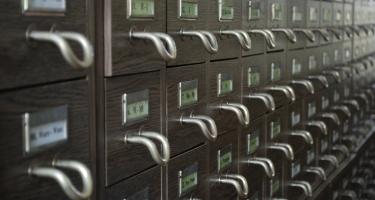
Sidney Perkowitz: Physics: A Very Short Introduction
Physics governs the world we live in. It underlies everyday technology such as smartphones and medical imaging devices, and influences major societal concerns such as nuclear proliferation, energy use, and climate change. In "Physics: A Very Short Introduction," Sidney Perkowitz offers lay readers a guide to what physics covers, how physicists carry out research, and why this research matters.








